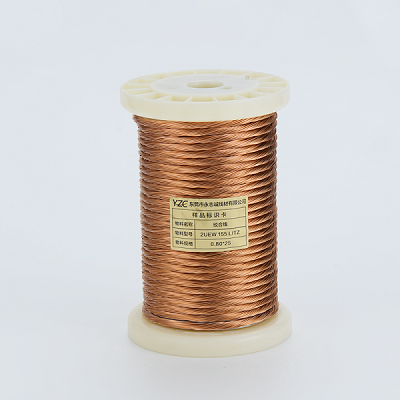The term "carriage return" of a stranded wire is not a standard term, and in the electrical and electronic world we usually talk about the process of stranding a stranded wire and its role, not about the "carriage return" process. However, from the literal meaning of the term and the properties of stranded wires, we can assume that we may be asking about the role of stranded wires during or after the stranding process.
Stranded wire, especially automotive stranded wire, is a type of flexible electrical wire made by twisting multiple wires together. Its stranding process and role is mainly reflected in the following aspects:
Space utilization and efficiency: the interior space of the car is limited, stranded wire can better utilize the space and reduce the overall length of the wire through the stranding of multiple wires. This not only reduces resistance, but also improves the transmission efficiency of electrical energy.
Stranded Wires

Prevents loosening and fraying: The construction of stranded wire makes the wires tightly connected to each other and less likely to loosen. At the same time, this structure also reduces the wear and tear of the wires during long-term use, thus prolonging the use of the wires and minimizing the hidden dangers caused by wear and tear of the wires.
Enhance anti-interference ability: For some specific types of stranded wire, such as twisted pair, its two insulated wires are stranded together according to certain specifications, which can effectively reduce the impact of external electromagnetic interference on signal transmission. This twisted way makes the signal more stable and reliable in the transmission process.
Protecting wires: The outer layer of stranded wires is usually made of high-strength tension-resistant materials, such as polyurethane or PA66, which are high-temperature resistant, abrasion-resistant and corrosion-resistant. They protect the wire from external environmental influences, such as temperature changes, humidity, corrosion, etc., thus ensuring the proper functioning of the wire.
Improvement: Since stranded wire reduces the looseness and abrasion of wires, electrical resistance, and improves transmission efficiency, it improves the automotive electrical system to some extent as well. This includes the reduction of potential hazards such as short circuits and fires due to faulty wires.